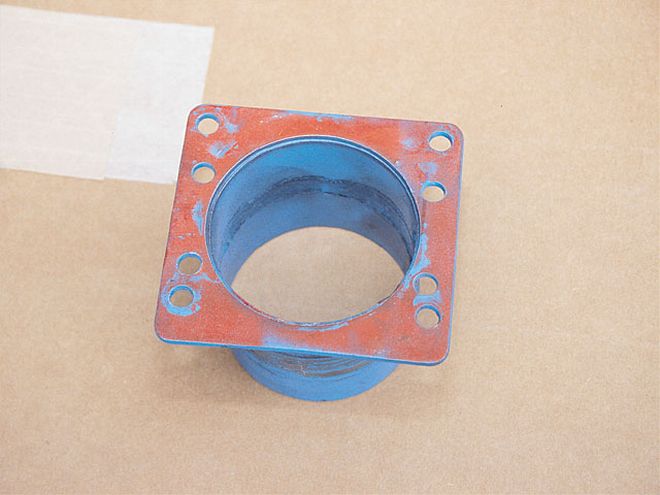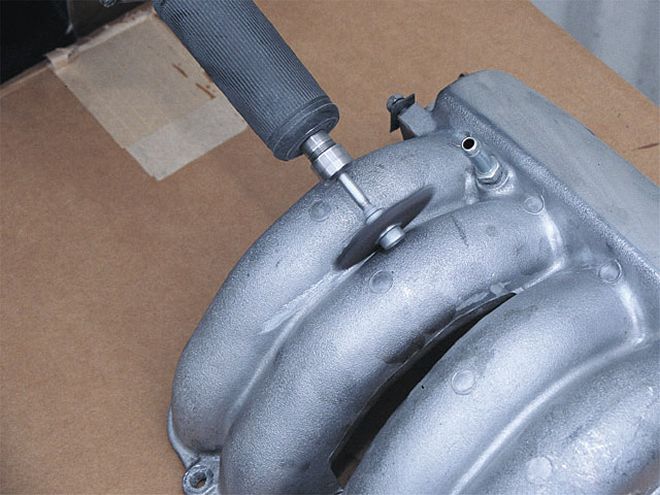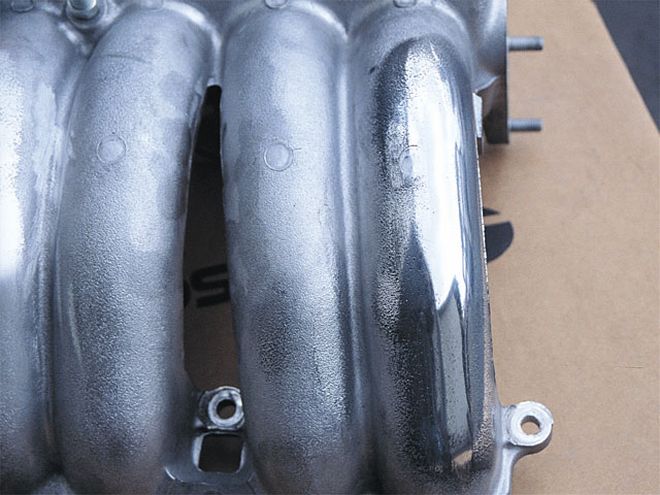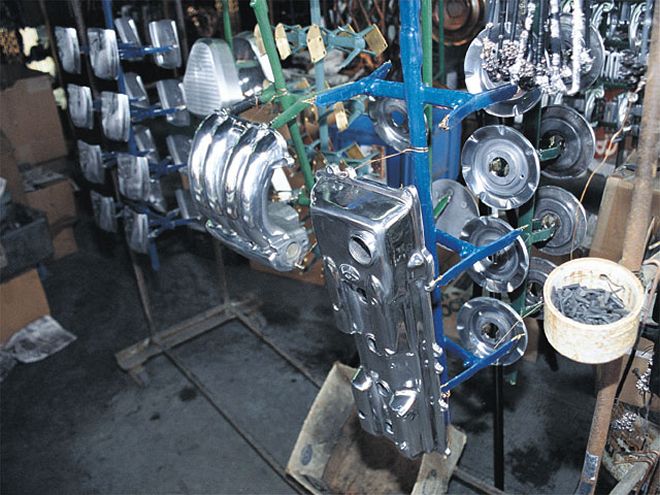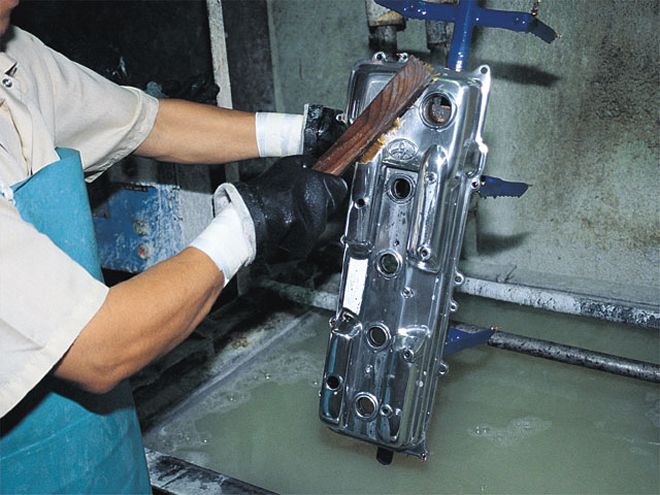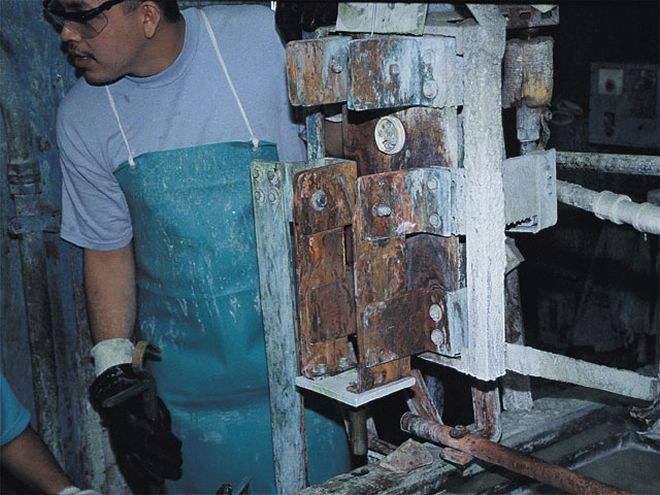On an effort to bring our readers the most in-depth and important tech articles in the industry, we sent our ace undercover lens man Spanky McDraggit to procure some spy footage of what goes into chroming truck parts. Never before has anyone attempted such a feat. Spanky had to go in full-blown, 007 espionage-style to score these rare photos from Baker Metal Polishing in Whittier, California.
After examining the evidence, we now understand why chrome-plating is so expensive. This is some of the most dangerous, caustic, and toxic work that you can have done to your mini. The process takes hours and involves a grip of dangerous chemicals. The governmental regulation of chroming is extremely restrictive, thus driving up the price for quality work. Also, this is a labor-intensive process. We have newfound respect for the folks who put the time in such a dangerous environment to bring us shiny parts for our rides. For an exclusive look into chrome-plating, check out the spy photos. If you would like the shiny touch put on your parts, contact Baker Metal Polishing using the information listed in the source box.
Chroming In-Depth
The process for chroming varies depending on the materials being chromed. If you are having aluminum parts chromed, such as a valve cover or fuel-injection manifold, then the parts will be polished, cleaned, and plated as follows:
1. Polish
2. Vapor de-greaser
3. Caustic cleaner (electro)
4. Dioxides (aluminum)
5. Etching solution (aluminum)
6. Rinse (water)
7. Acid
8. Rinse (water)
9. Copper strike
10. Ni add nickel
11. Bright nickel
12. Rinse (water)
13. Actuator
14. Hex chrome
Each one of these steps requires that the parts be dipped in a separate tank anywhere from a few seconds to an hour.
The process for chroming steel parts such as control arms, link bars, and brackets is as follows:
1. Polish
2. Vapor de-greaser
3. Electro cleaner
4. Rinse (water)
5. Acid
6. Rinse (water)
7. Copper striker
8. Rinse (water)
9. Acid
10.Rinse (water)
11. Acid copper (steel)
12.Rinse (water)
13. Semi nickel
14.Bright nickel
15.Rinse (water)
16.Hex chrome
Other considerations you should make when having your parts sent out for chroming is the type of plating the shop is using. The two most popular types are trivalent and hexavalent plating. Trivalent plating is a cheaper process that sometimes leaves dull white areas around holes and cavities in your parts. Hexavalent is the way to go, although it is more expensive. Another thing we learned is that triple chrome-plating does not mean that your parts go into the chrome tank three times. Triple chrome-plating refers to the process of plating the parts separately with copper, nickel, and finally chrome-plating. Be sure to specify this process if you want a show-quality finish. You can save money and have them skip the copper portion of the process, but then your parts will not look as smooth, shiny, and beautiful.
